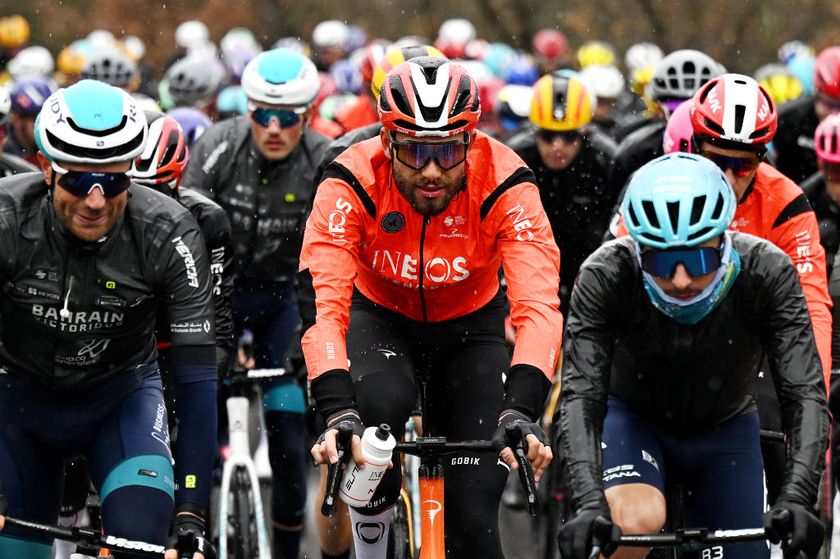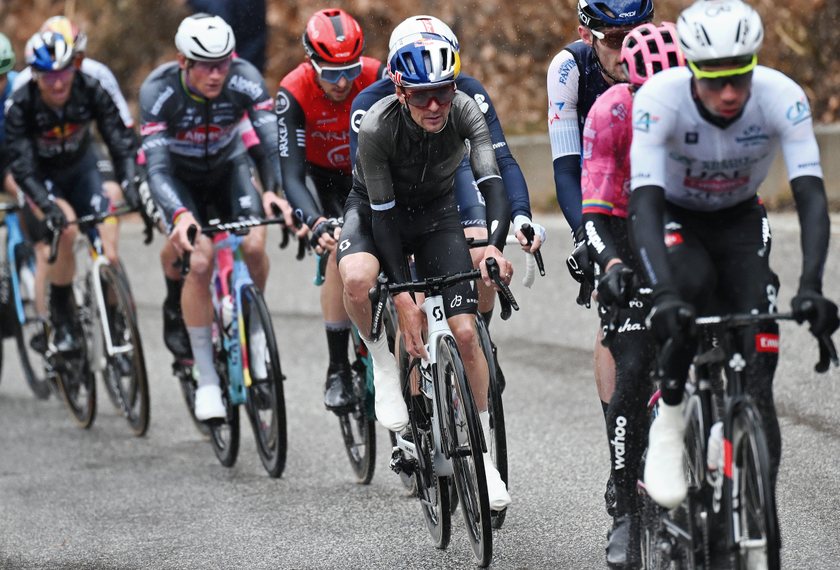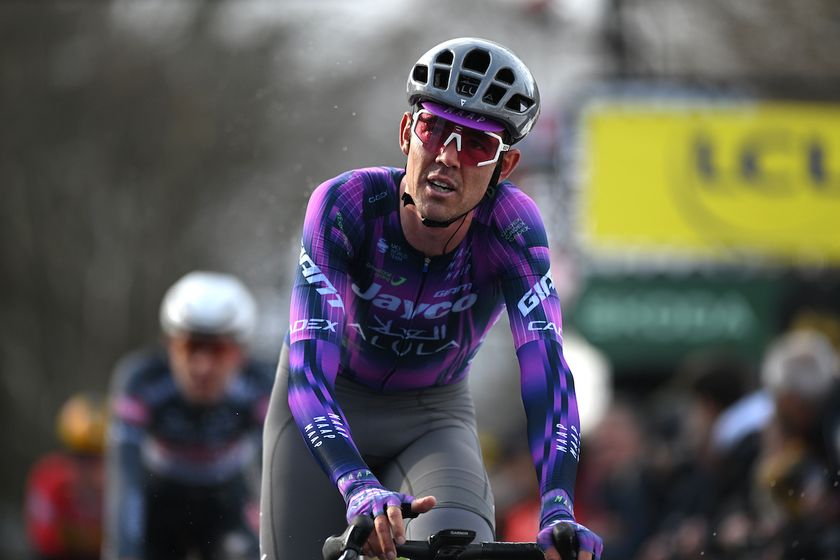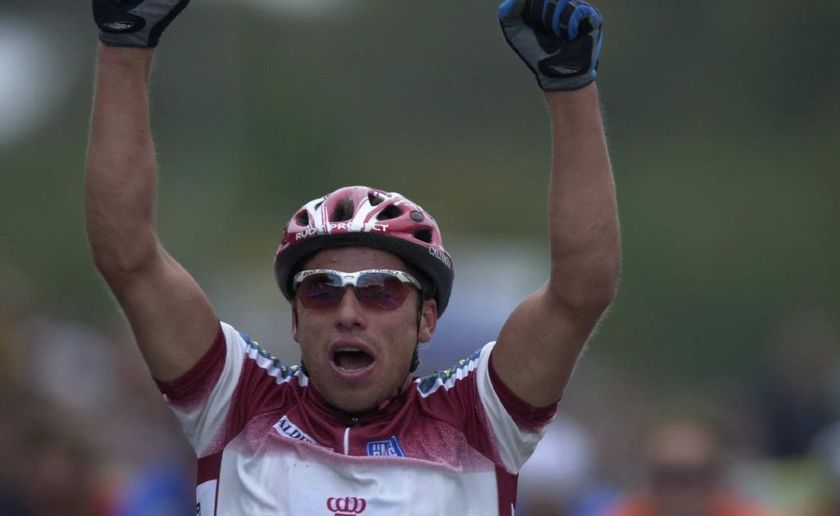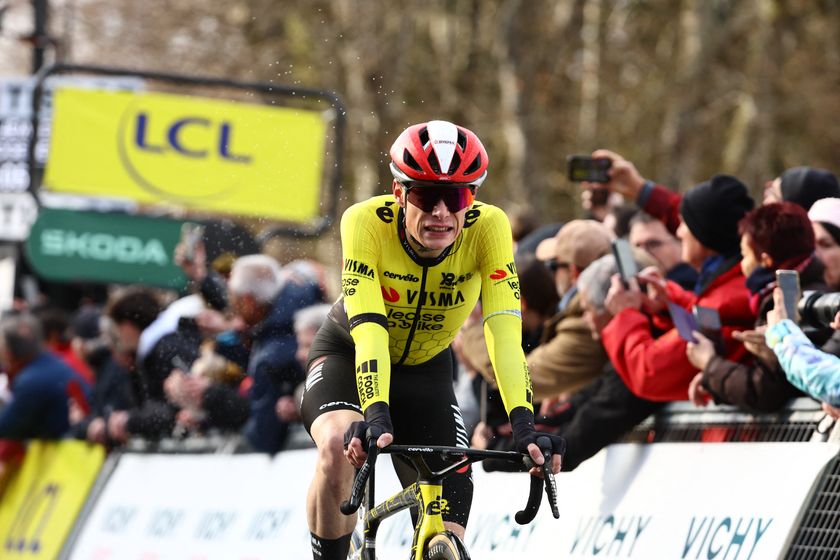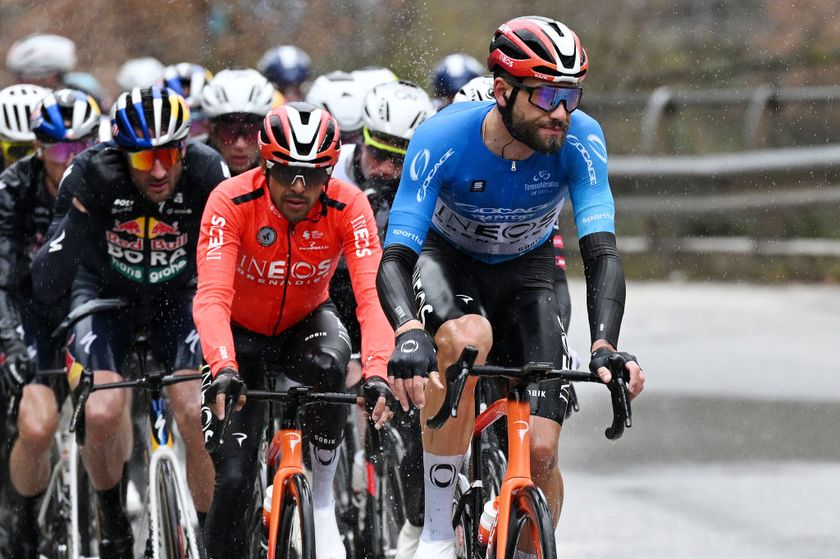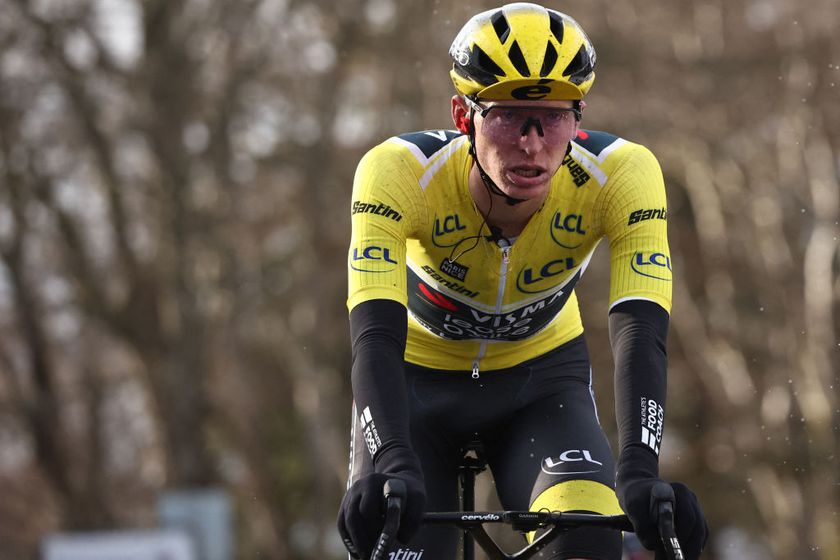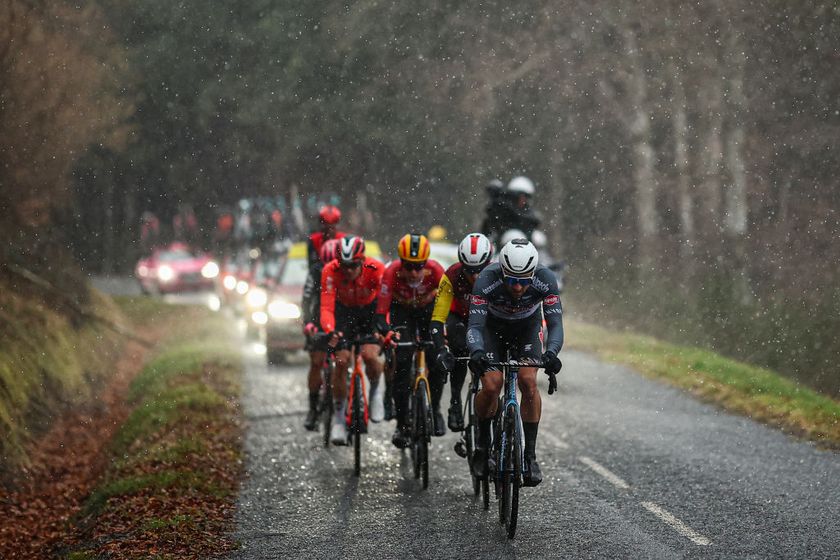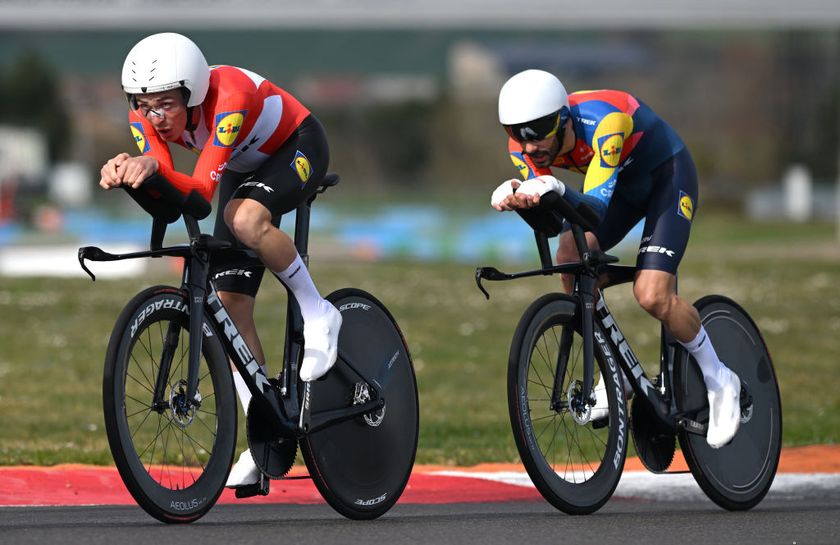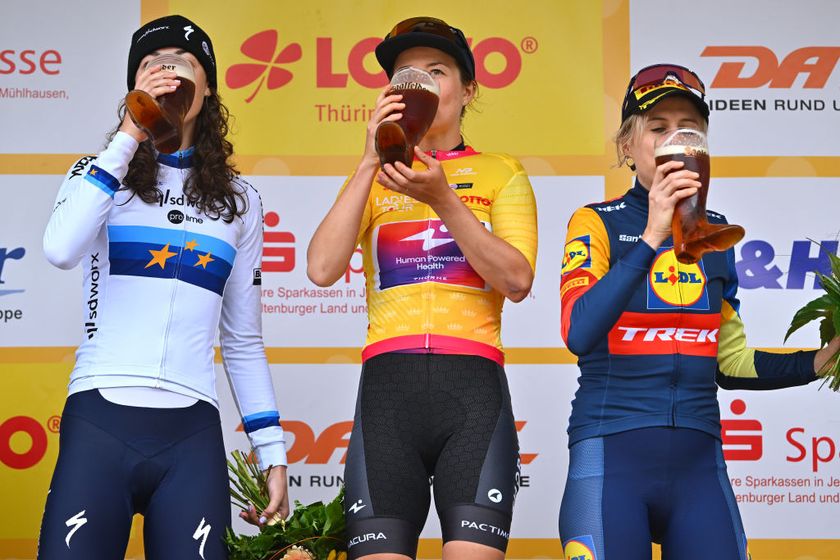Tour of Flanders 2017 route unveiled
Muur returns as start moves to Antwerp but finale stays the same





After the announcements that the 2017 Tour of Flanders would move its start location from Bruges to Antwerp and bring back the famous Muur van Geraardsbergen, the full route for the 101st edition of De Ronde was unveiled on Wednesday.
Despite the changes, the organisers are happy with how the race has unfolded since the finish was moved to Oudenaarde in 2012, and the finale has been retained, with the Oude Kwaremont-Paterberg combination featuring twice – the second time as the final shake-up before the run to the line.
The length of the course has been increased by a mere couple of kilometres to give a total distance of 259.5 kilometres, which will once again feature 18 hellingen – the short, sharp, and often cobbled climbs that are emblematic of the second Monument of the season.
As was the case last year, the first climb of the day will be the Oude Kwaremont, where fans will gather on one side of the road and VIP tents will be erected on the other. The race, however, will take an unusual route to get there, given the new start in Antwerp, some 90 kilometres east of Bruges.
After the roll-out, the race heads to former start town Sint-Niklaas and then to Greg Van Avermaet's hometown of Zogge, followed by Berlare and the city of Aalst. After passing through Erpe-Mere, the riders will get their first taste of cobbles with the Lippenhovenstraat and Paddestraat, before the hellingen start to come thick and fast on the first loop in and among the so-called 'Flemish Ardennes'.
The number of climbs remains 18, but there are three changes, with the Molenberg, Valkenberg, and Kaperij all disappearing to be replaced by the Ten Bosse, the Muur, and the Pottelberg.
The Muur has legendary status in De Ronde, its 20 per cent gradients leading up to the iconic chapel having played host to some of the race's most memorable moments. It's return after a five-year absence will be welcomed by cycling fans, though it's unlikely to have the same impact it once did, given its positioning as the eighth climb of the day at some 95km from the finish.
Get The Leadout Newsletter
The latest race content, interviews, features, reviews and expert buying guides, direct to your inbox!
"The passage of the Muur is a pilgrimage, where an intense ritual awaits the riders", said Guido De Padt, Mayor of Geraardsbergen, according to Net Nieuwsblad. The town will have to prepare for a huge influx of fans, with De Padt adding: "The Vesten [approach road] and the Muur are for the people. No VIP tents, so fries and beer instead of caviar and champagne."
Retaining the rhythm of the race
The heart of the race remains unchanged from last year, with the final 75km or so almost identical.
After the new climb of the Pottelberg, the final nine climbs are the same as on last year's course. First comes the Kanarieberg, then the Kwaremont-Paterberg double, followed by the Koppenberg. The flat cobbled sector of the Mariaborrestraat gives way to the Steenbeekdries and the Taainberg – also known as 'Boonen-berg' – with 10km then preceding the Kruisberg. A further 10km of flat will lead into the second round of the Oude-Kwaremont-Paterberg combo – likely to be decisive in the outcome.
This year Peter Sagan broke free thanks to a searing acceleration on the Paterberg and, such was his strength, had little trouble holding his lead all the way to the line on Minderbroedersstraat. The lengthy 12km run-in, however, means that a regrouping is perfectly possible.
"We wanted to keep the rhythm of the final 75km," said race director Wim Van Herreweghe. "The now recognisable and intense rhythm thereby has given us in recent years haunting finals. It should become a real tradition."
RVV 2017 - Profiel by Jerry Harris on Scribd
